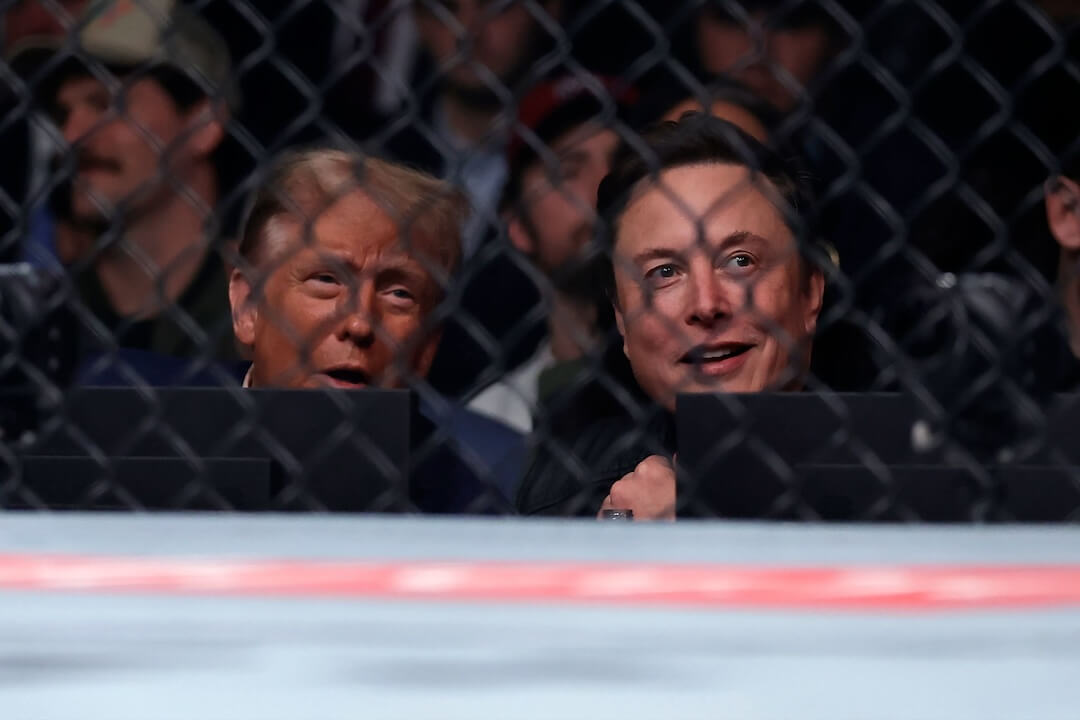Craig Marks does not remember who was supposed to be on the cover of Spin’s June 1994 cover — probably not Pearl Jam (“that would be too ironic,” he said when reached by phone). But he does remember the extraordinary circumstances under which Spin staffers put together the magazine issue referred to internally for years as “Dead Kurt.”
Marks was the magazine’s music editor at the time and was in Indiana when he heard that Cobain’s body had been found on Friday, April 8, 1994. He flew back to New York to help crunch out a tribute issue. “There was no doubt we were going to put Kurt on the cover,” he said. But as the magazine (for which I later worked) mustered its forces, one of its employees, Research Editor Daniel Fidler, died of a heroin overdose.
“These two things were at the very least cosmically related,” Marks said, “and so while we were trying to put out this issue we were dealing with the death of a friend and a co-worker, so it was a very emotionally rough time period.” The magazine dedicated the June 1994 issue to Fidler.
Marks also remembers that Spin had someone on the ground in Seattle at the time — Jim Greer, then a senior contributing writer, who Marks recalled begged off writing something. “He kind of choked,” Marks said. “I remember having a lot of animated conversations with Jim Greer about why he couldn’t file a story.”
Reached by email, Greer said, “Kurt was a friend and I never had any intention of writing about his death for Spin. I didn’t talk to Craig until several days afterwards, at which point we had a conversation that could be characterized as animated.”
So the magazine asked Gina Arnold, who wrote a 1993 book about Cobain’s band Nirvana, to write about a public vigil for Cobain in Seattle, which she described as a “truly awesome moment of spontaneous, pagan catharsis.”
Arnold was already in town to cover the event for the San Francisco Chronicle, “who graciously allowed me to do the Spin cover story as well, because it wouldn’t be coming out for several weeks,” Arnold said in an email. “So Spin lucked out: they didn’t have to pay my expenses.”
Arnold remembers being up straight for 24 hours to write both stories, and waiting for a copy shop to open the next morning so she could fax them in. Another memory, from her email:
a guy called me up around ten at night and said he’d been at the memorial site way late and Courtney had showed up to give away some t shirts and talk to people. I said, “do you have an proof?,” and he said, “yeah, I taped it.” He actually came over to my hotel room and played the tape for me. On a cassette!
“On a much smaller level, my career, and on a much larger level, Spin’s place in the world completely dovetailed with the rise of Nirvana,” said Marks, who arrived at the magazine in September 1991, just as “Nevermind” came out. (The magazine would dub Teenage Fanclub’s “Bandwagonesque” the best record of the year in 1991, a decision staffers spent a long time living down.)
Marks never met Cobain, but he later reported extensively on his widow, Courtney Love, and he said he had good relationships with Janet Billig, one of Nirvana’s managers, and the band’s record label, DGC. Early on, he said, Spin Editor-in-Chief Bob Guccione, Jr., and the rest of the staff “recognized that Nirvana were integral to Spin’s chances in the world.”
The band was so important to Spin, Marks said, that the magazine allowed Jonathan Poneman, a co-founder of Nirvana’s former label Sub Pop, to write a December 1992 cover story about Love and Cobain that pushed back against a negative Vanity Fair profile that year. “So there’s no journalistic ethics at all there!” Marks said, laughing. “We were purely a PR mouthpiece for Kurt and Courtney at that time.”
Marks calls the decision “a jaw-dropping error in all of journalistic integrity” but says that “In order for Kurt and to some extent Courtney and Nirvana to have faith in Spin and to view us as sympathetic to them and their music, we felt it was worth doing that.”
You have to remember, Marks said, that music journalism “was a two-magazine universe” at the time, as far as Spin was concerned. “Spin at that point, generationally, culturally, economically, needed its Bob Dylan.” Its staff’s “roots were in alternative culture and punk rock,” he said, and Cobain and Nirvana “felt that we had the same frame of reference that they did. Our editors were all in their 20s and 30s.” Spin “got them in a way that Rolling Stone never could.”
So, he said, “we probably went overboard in sucking up to them.”
Jonathan Gold, who is now the Los Angeles Times’ food critic, wrote a piece for that issue that traced Cobain from his early days in Aberdeen, Wash., to his pain-drenched final years. “Kurt’s suicide was a day or two before my mother’s death,” Gold writes in an email to Poynter. “I have no idea why I accepted the assignment for the summing up, but it was a way of channeling my grief, I guess.”
Gold says the only time he spent with Cobain was when he was profiling Love. Cobain had decorated their apartment in Los Angeles “with his cave paintings of fetuses in utero. They played the Tori Amos cover of Teen Spirit for the first time; Kurt couldn’t stop laughing. They spread the week’s UK music tabloids across the living room and read passages to one another — they were possibly the most media-obsessed rockers I had ever met.”
Charles R. Cross, who edited Seattle newspaper The Rocket during the grunge years, said in an email that before Nirvana broke, “they could not have been more accessible. Kurt put his home phone number on press releases” for the band’s album “Bleach,” he said.
After “Nevermind,” even The Rocket had to go through publicists to set up interviews, he wrote. “It felt different. It frustrated our staff because many on our staff had personal relationships,” he wrote. Still, he wrote, “we were afforded an access that few others got.” The bandmembers themselves were “never off putting.”
Arnold wrote that she knew Cobain before “Nevermind” broke, through John Silva, another manager of the band. “To be honest I was surprised at the national nature of the mourning, grief, outcry at Kurt’s death,” she writes. “I mean, I knew that Nirvana was big, but so was Skid Row, at the time.” She continued:
The New York Times front page obit surprised me, as it would have surprised me if, say, the death of Peaches Geldof made the front page today. Looking back, I think it wasn’t his role in rock that got him there, it was that his death had a mythic quality – that anyone who was a rock star would commit suicide when they ‘had it all’ is the ultimate rejection of capitalism.
Marks said that writers told him Cobain was a good interview. “He liked to talk, he was very cooperative,” he said. “Unlike, you know, Eddie Vedder, who was a pain.” More difficult: “When someone’s on drugs there’s a kind of implicit agreement that you typically don’t talk about that.” That was “really the 800-pound gorilla when dealing with Nirvana and their people,” he said, “that Kurt was in pain and on drugs.” If you confronted Nirvana’s people about drugs, they’d lie, he said, “just protecting their client.”
Cobain was concerned about losing custody of his daughter, for one thing, Marks said. “Luckily, there were a lot of other things to talk about. If you wanted to talk about music, you could talk for a long time.”
Here’s the June 1994 issue of Spin, via Google Books.










Comments